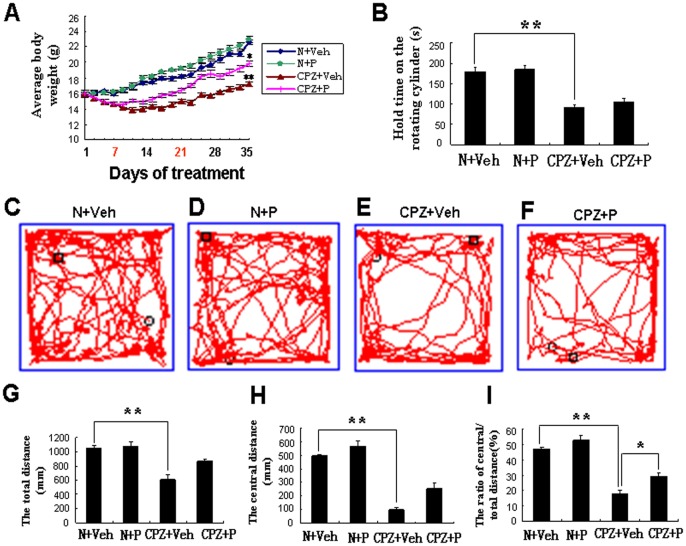Figure 1. Changes in body weight, Rota-rod and open field test showed that progesterone protected cuprizone-induced mice from demyelination.
(A) Body weight in N+Veh (blue), N+P (green), CPZ+Veh (red) and CPZ+P group (brown) during the 5 weeks of treatment. There was significant difference between CPZ+Veh and N+Veh, between CPZ+Veh and CPZ+P at the fifth weeks. *CPZ+P vs. CPZ+Veh, P<0.05; **CPZ+Veh vs. N+Veh group, P<0.01. Progesterone treatment was given from 7 to 21 days (red in X axis). (B) The length of time the mice stayed on the cylinder in the Rota-rod test in N+Veh, N+P, CPZ+Veh and CPZ+P group. There was no significant difference between N+Veh and N+P group (P>0.05), between CPZ+Veh and CPZ+P group (P>0.05). The trajectories traveled by the mice in the open field test showed how the mice traveled in the N+Veh (C), N+P (D), CPZ+Veh (E) and CPZ+P groups (F). The total traveled distance (G), central area traveled distance (H), and ratio of central area distance by total traveled distance (I) in these four groups. The total traveled distance was not significantly different between N+Veh and N+P group, between the CPZ+Veh and CPZ+P groups. *CPZ+P vs. CPZ+Veh, P<0.05; **CPZ+Veh vs. N+Veh group, P<0.01.

